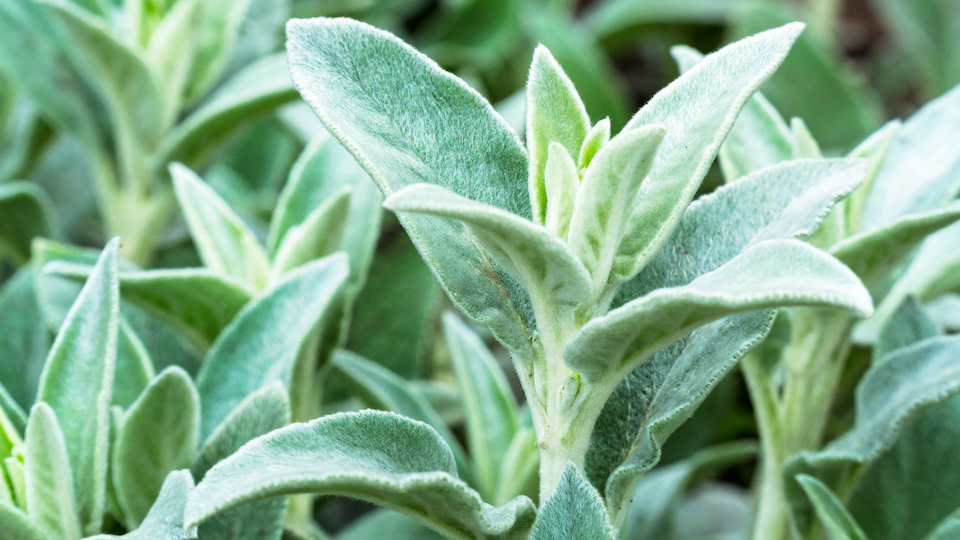Drastically changing weather patterns can make it challenging for even the most skilled gardener to be successful. While at one time, seasons were relatively predictable – the same can not always be said for today’s strange weather outbursts.
It is not unheard of for some parts of the country to turn from a drought to flooding conditions on a dime or from scorching heat one week to below average temps the next. Like an unruly child in the candy aisle at the grocery store, weather can quickly spiral into a full-fledged temper-tantrum, wreaking havoc on our gardens and landscapes.
Living in the high desert of New Mexico, I learned pretty quickly that manic weather outbursts, including high winds and hail followed by a dip in temperature and weeks of drought, are common. To expect and prepare for the unexpected helps mitigate damage in the garden and keeps my passion for planting alive. I call this defense gardening!
Getting to know the tough plants
Of course, the list of best plants changes some depending on where you live in the country, but the principle remains the same. Getting defensively creative with your garden means you need to search out those plants that can take a beating and keep on blooming. As weather patterns all over the country become less and less predictable, embracing hardy plants is one way to keep our gardens upright even in the harshest conditions.
Drought resistant plants
My greatest challenge of living in the southwest is finding those plants that can withstand even the most severe droughts. There just isn’t much rain out here, and when it does come, it can be rather destructive. If you are, like me, living in an area that experiences frequent droughts, you may benefit from some of my favorite hardy plants listed below. The good news is that a drought-resistant garden does not need to be boring, and some of the most beautiful displays of color come from the hardiest of plants.
- Desert Willow – This shrub has stunning purple flowers on display all summer long. USDA hardiness zones 7B-11.
- Ocotillo – No beautiful desert landscape is complete without an ocotillo. This tall and slender plant has bright red or electric orange blooms in early summer despite its minimal water usage. USDA hardiness zones 8A -12.
- Russian Sage – This plant is a great go-to for dry climates and will reward you with beautiful dark blue flower spikes appearing in mid-summer and remaining for many months. USDA hardiness zones 5-10.
- Silver Carpet lamb’s ear – It is hard to resist the soft texture of lamb’s ear. This fuzzy perennial groundcover does well in less than optimal conditions, including shady, dry locations with poor soil. Although this plant produces no flowers, the foliage is spectacularly beautiful in any setting. USDA hardiness zones 2-5.
- Moonshine Yarrow – Brighten up any landscape with this bright perennial that has beautiful silver-gray foliage and lemon-colored flowers all summer long.USDA hardiness zones 3-9.
- Desert Solstice Hummingbird Mint – Graceful spikes of feathery pink blooms cover this plant from summer into fall. USDA hardiness zones 5-9.
- Aloe – Aloe thrives in hot and dry climates and can be found growing in everything from coastal regions to the desert. These plants are easy to grow and come in a wide variety of shapes and sizes.USDA hardiness zones 8-11.
Tips for defensive drought gardening
- Give new plants a great start – Plants take a while to become adapted to their new home once planted. Provide plenty of water in the early days, and your new plants will grow strong roots.
- Don’t plant in the heat – The best time to set new plants is in the early morning or evening after the heat of the day has passed.
- Water at ground level – Watering plants from above is a waste of water and time. Set up simple drip irrigation for your garden, and your plants will get what they need where they need it.
- Save water – In areas where droughts are frequent, water is often scarce. Set up a rain barrel system to collect what rain you do get from your roof and store this for dry days.
-Susan Patterson



